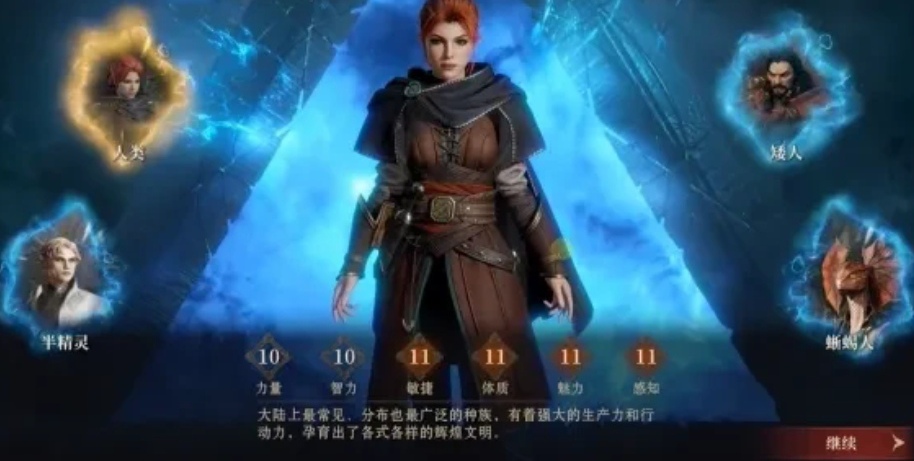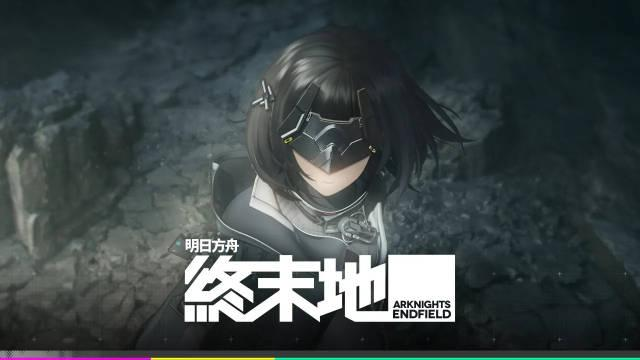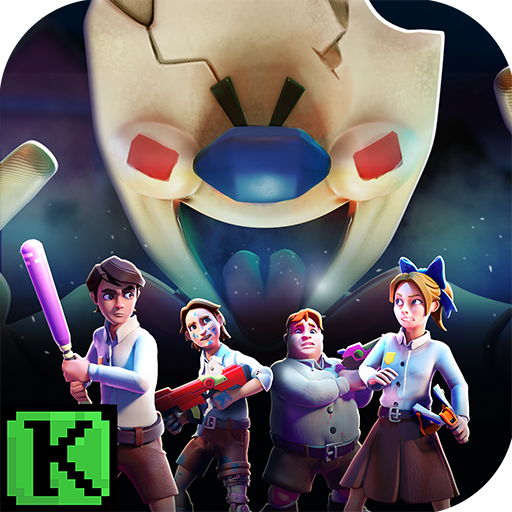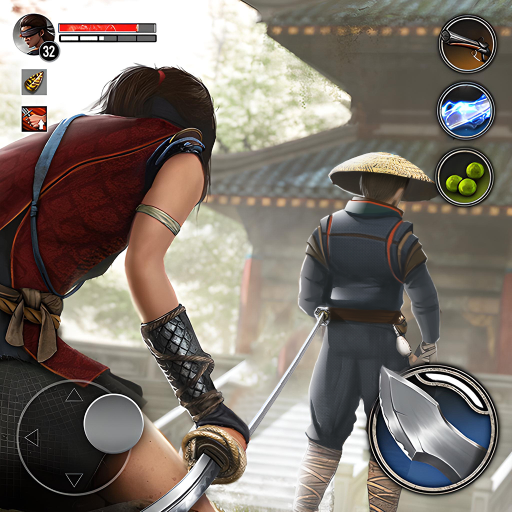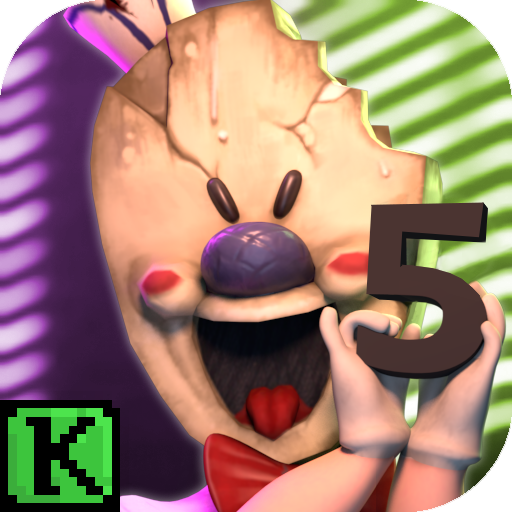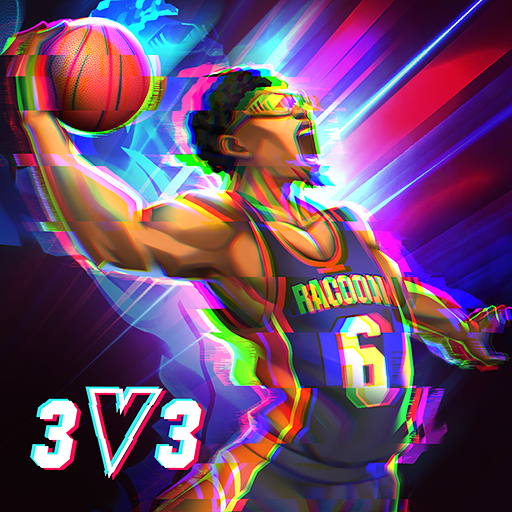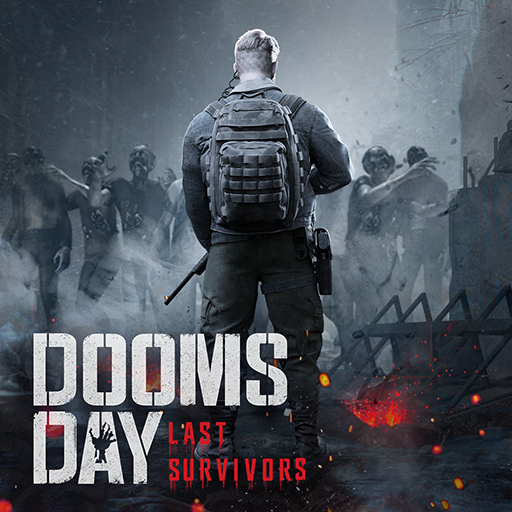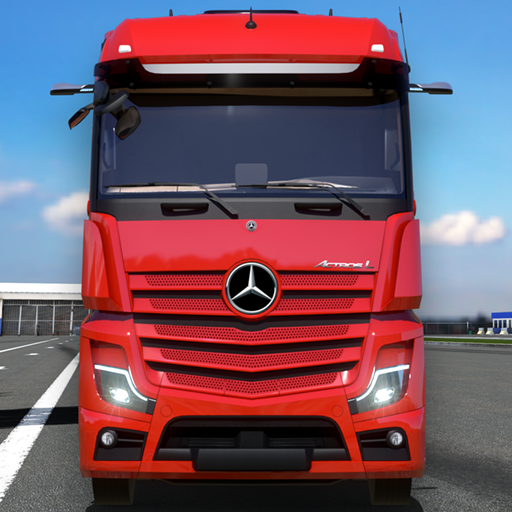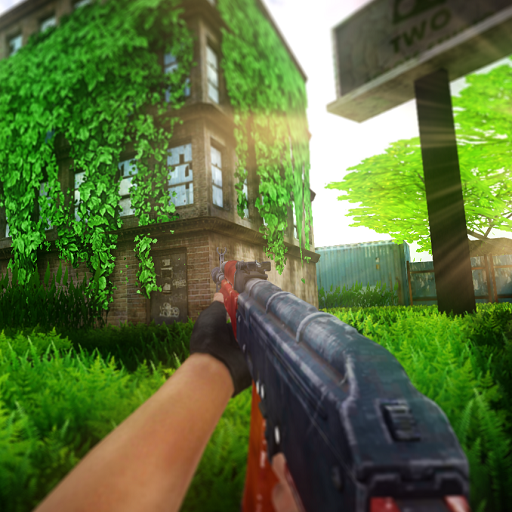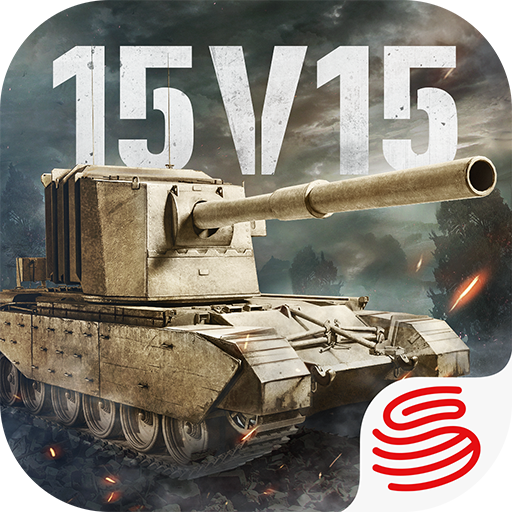Yanyun is a martial arts action RPG, and combat is one of its core gameplay elements. Some players are still not familiar with the Yanyun's combat system and want to understand its mechanics. Therefore, this guide will explain its combat components, such as normal attacks, heavy strikes, weapon switching, blocking, dodging, unbalancing, etc. After reading, you will have a better understanding of how combat works in Yanyun.
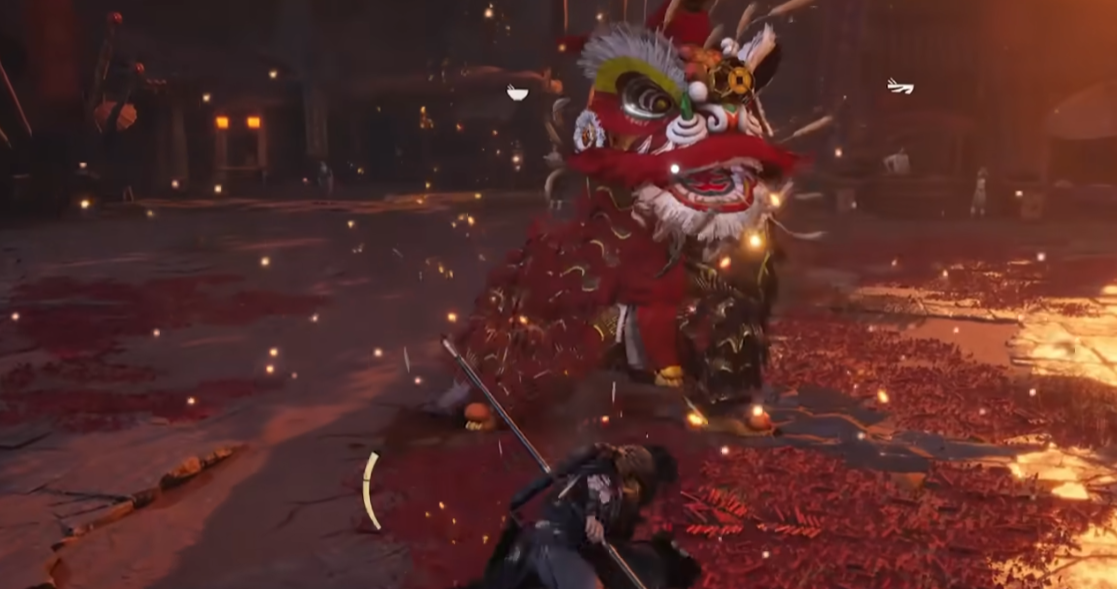
Character Status Bar:
The status bar on the main combat interface consists of several different colors and bars, representing various states of the character. The long white bar is the health bar, showing the character's health points. When attacked by enemies, the health bar decreases, and if it runs out, the character enters a critically injured state and cannot revive themselves. In this case, they need to go to the nearest resurrection point or rely on teammates' healing and rescue. Below the health bar is the blue chi bar, which also depletes when attacked. Once the chi bar is exhausted, the character enters a chi-exhausted state, becoming extremely weak and vulnerable to high-damage execution skills from enemies.
Likewise, when an enemy's chi bar is depleted, players can use execution skills on them. The yellow stamina bar on the left reflects the character's stamina, which is consumed when using dodging, light movement, and martial arts moves. When stamina is depleted, the character cannot continue using these skills, so it's essential to monitor stamina consumption during combat.
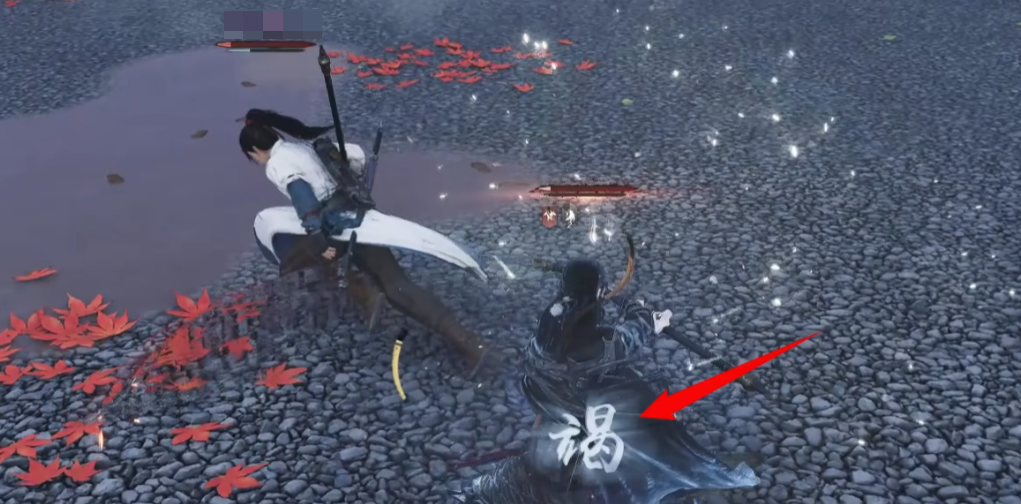
Basic Actions:
The basic actions in combat include: normal attacks, heavy strikes, weapon switching, blocking, unbalancing, and dodging.
Normal Attack: Pressing the normal attack key repeatedly makes the character perform a series of attacks.
Heavy Strike: Pressing the heavy strike key releases a powerful skill. Most martial arts can be charged by holding down the heavy strike key to unleash a more potent move.
Weapon Switching: In combat, the character can carry two weapons. Pressing the weapon switch key quickly changes between weapons and links different martial arts combos.
Blocking: Blocking sets up a defensive stance that can partially block enemy attacks but does not completely negate all damage; it only reduces the damage amount. Just before an enemy's attack lands, quickly pressing the normal attack key can trigger an unbalancing move.
Unbalancing: Unbalancing is one of the core mechanics in combat. When an enemy is about to attack, quickly pressing the unbalance key can deflect their attack and deplete some of their chi. During unbalancing, holding the block key simultaneously can prevent failure and reduce the damage from the enemy's attack.
Dodging: Dodging at the right moment can evade enemy attacks, but it consumes a lot of stamina, so stamina management is crucial.
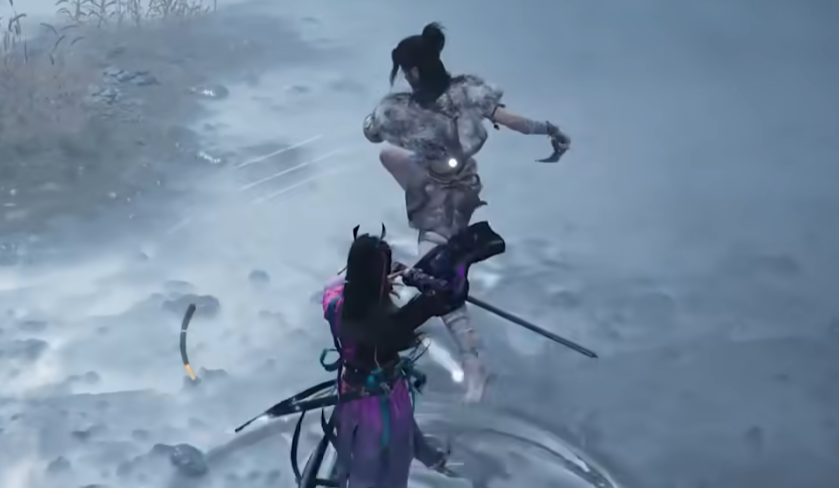
Martial Arts Application:
In combat, the character can equip two different weapons, each corresponding to different martial arts. Initially, the main quest provides Nameless Sword Technique and Nameless Spear Technique, offering various attack methods.
For example, equipping a fan with "Qingshan Zhibi" and "Mingchuan Yaodian" triggers different martial arts moves, resulting in varied attack styles.
Each weapon's martial arts cooldown is independent, allowing for quick weapon switching and combo linking during combat, creating a smooth fighting rhythm.
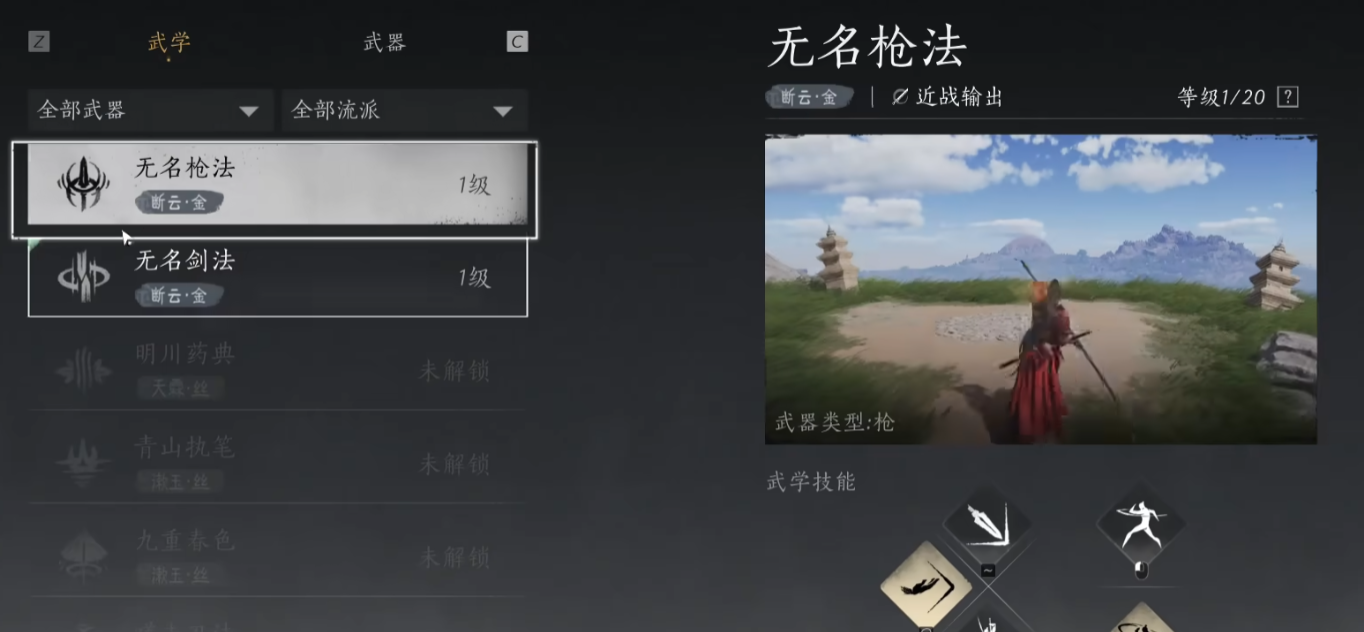
Special Techniques Application:
Special techniques are another core system in combat, complementing martial arts to form unique combat styles. Using special techniques in battle can suppress enemies, giving a significant advantage.
Heavenly Craft Awakening:
Obtain "Awakening Items" from locations like bonfires and equip "Heavenly Craft Awakening" in your inventory. In combat, players can quickly activate awakening via hotkeys to add attributes to weapons. These additional attributes can trigger extra follow-up damage, especially useful against special enemies (e.g., rats in Kaifeng's underground or summoned paper figures), significantly improving combat efficiency.
Ranged Weapons:
When at a distance from enemies, players can switch to ranged weapons (like bows). Holding down the attack key aims and charges, releasing the arrow when the key is let go, producing unexpected attack effects. Jumping in mid-air while drawing the bow triggers a time-slow effect (similar to bullet time), allowing continuous arrow firing for sustained damage. Ranged weapons offer tactical choices based on different arrow attributes, such as fire arrows causing explosions to destroy flammable objects like beehives, useful for exploration and puzzle-solving tasks.
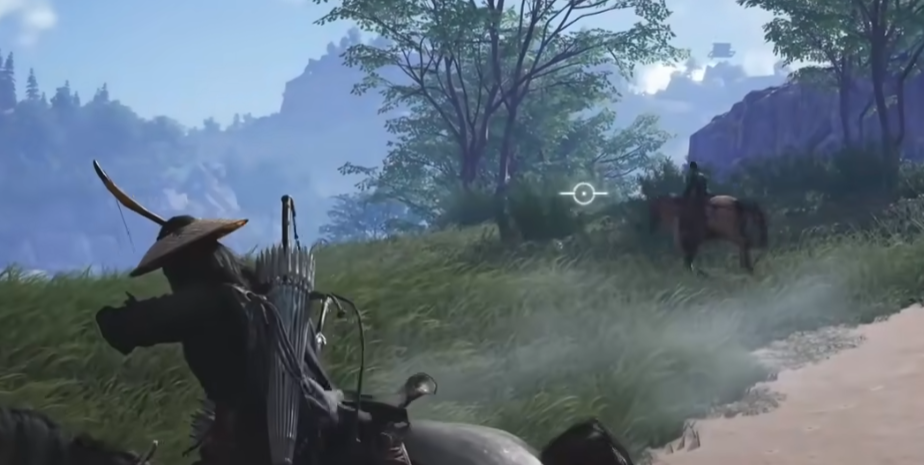
Healing and Recovery:
In combat, being attacked by enemies reduces health. Players can use recovery items to restore health. Additionally, equipping weapons with healing abilities (like the fan's "Mingchuan Yaodian") enhances recovery effects. Early on, carrying limited recovery items means having a teammate with healing capabilities increases survival rates and allows players to focus on dealing high damage. In competitive and dungeon modes, having a healer teammate is crucial.
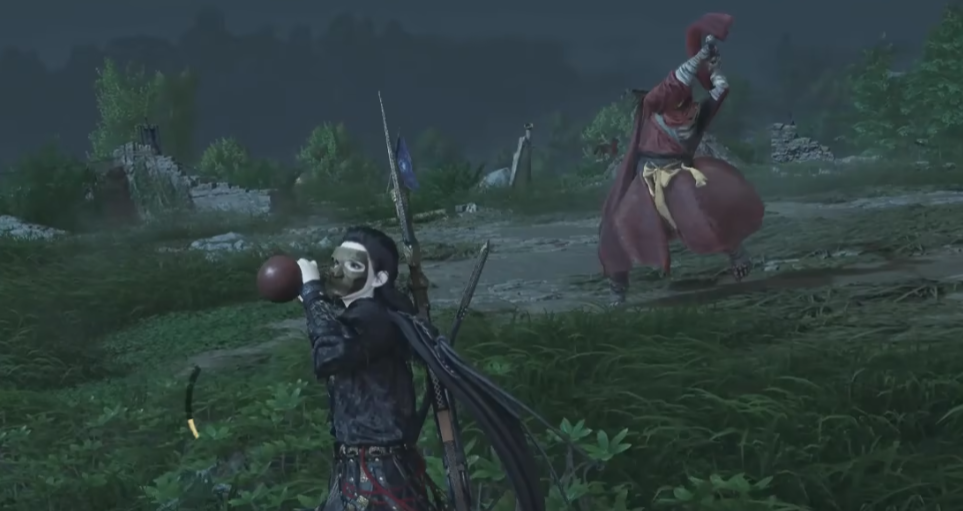
This concludes the detailed explanation of the Yanyun combat system. From practical experience, the most critical aspect of Yanyun's combat is unbalancing. While there are various damaging and effect skills, none deliver as direct damage as unbalancing plus execution. To defeat bosses, understanding their attack patterns and knowing when to unbalance is essential, essentially requiring pattern recognition.
